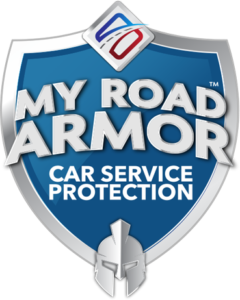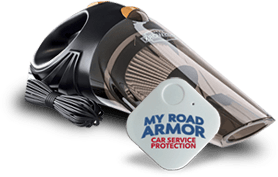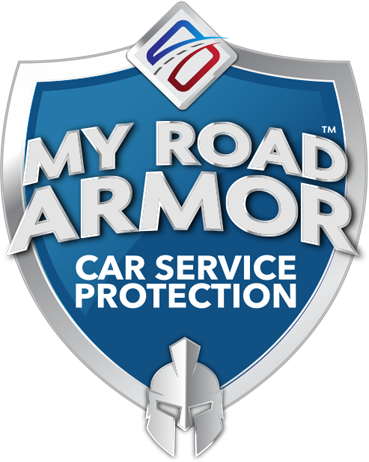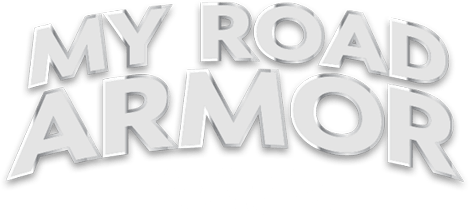10 Ways to Ensure Peak Car Performance
Prior planning prevents poor performance! Nowhere is this adage more accurate than when it comes to car maintenance. My Road Armor offers RepairShield™, a plan designed to reduce the chance of breakdown by covering most recommended routine maintenance. Offered within most premium plans or available as a standalone plan, RepairShield’s fixed monthly cost can save you thousands by eliminating the need to constantly pay for minor fixes.
Although there’s no way to truly predict when or if your car will experience a breakdown, there are a few maintenance tips that you can use to avoid breaking down in the first place.
Table of Contents
Observe & Report!
Always make sure that you are regularly checking your headlights, taillights, and indicators. Never solely rely on your car’s onboard computer to notify you of a problem. Manually checking your car’s appliances is a surefire way to stay on top of things before small problems turn into big ones. For instance, keeping an eye on your headlights might alert you to a cracked or discolored lens. While you’re checking your headlights, you may even want to give your wipers a look over. If they’re leaving streaks, it’s time to replace them.
Tire Check!
Did you know that keeping your tires in top condition can help to improve fuel consumption and overall car performance? Make sure to regularly check your tires for damage on their sidewalls. Although tires are built to last, the effects of wear and tear can be disastrous. Also, make sure that your tires are always at the correct pressure. It might even be wise to invest in an air compressor pump!
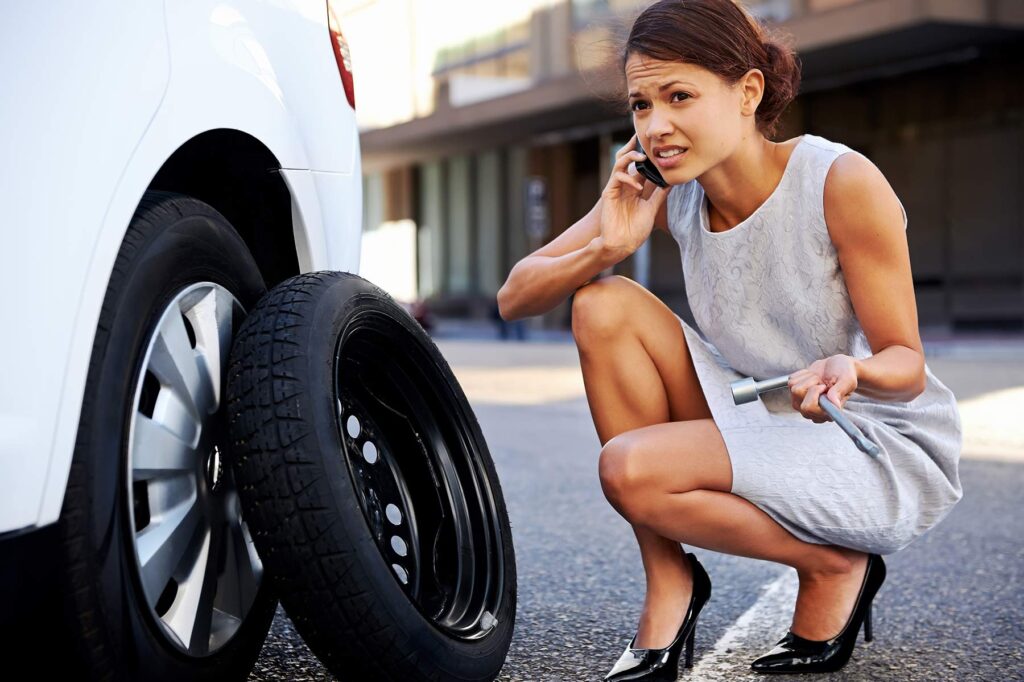
Can You Change a Tire?
Well, can you? If you can’t, it wouldn’t hurt to learn how! Although a daunting prospect for most people, learning how to change a tire can make the biggest difference. There are several online resources that offer tips and tricks that can make changing tires seamless. After gaining the necessary technical information, try practicing changing a tire on a flat surface with the assistance of someone who has experience doing it. Just make sure that you’re practicing in a safe spot!
Once you’ve learned how to change a tire, it’s important to make sure that your spare tire and tire changing tools are always in good condition. There’s nothing worse than having the technical know how, but lacking the tools to apply it when you’re in a jam.
Get a Qualified Mechanic!
There are many simple maintenance tasks car owners like to perform themselves. Changing oil and replacing windshield wiper fluid are amongst the easiest tasks to complete. That said, it’s important to ensure that your vehicle is being regularly serviced by a mechanic who knows the ins and outs of vehicle maintenance. Not only will having your car regularly serviced by a qualified technician help when it comes time to sell your car, but it will also give you some recourse should something go wrong with your vehicle. Regular servicing means that potential problems can be snuffed out before they cause a breakdown.
Fluid Check!
Relying too much on regular service visits can lead to your car running out of the precious fluids it needs to operate. It’s important that you make checking under your car’s hood a regular habit. Make sure that your car is topped off on windshield wiper fluid, brake fluid, power steering fluid and engine oil! Most of these plastic fluid tanks are marked with brightly colored lids and caps that indicate what they contain.
Keep Your Battery Healthy!
Every car contains a battery. The key to maintaining battery health is by not stressing it unnecessarily. Treat your car with respect by remembering to turn off interior and exterior lights manually. In addition, driving your car regularly helps battery health; if you drive sparingly or if your car is parked for prolonged periods of time, make sure to periodically start your car and let the engine run just to give it a jolt of life. Also, be sure to keep a set of jumper cables in the trunk of your car in case of emergency.
Fuel Up!
Keeping your car topped up with fuel is vital. Always ensure that you have enough fuel in your tank to complete your various journeys, especially if you’re making a trip where gas stations are few and far between. Studying your trips can make managing fuel consumption easier. Knowing exact distances for drives that you regularly make can let you make informed decisions on when to refill or when to keep driving. A general tip that many people follow is to refill whenever your fuel gauge shows half a tank. In addition, always keep an empty fuel can in your car in case of emergencies.
Know Your Car’s Sounds
All cars make noise, but some of them are indicators of a potential problem. Most car noise comes from the engine, exhaust pipes, suspension system, brakes and tire to pavement contact. From time to time, it’s important to roll your window down and just listen to the sounds your car is making. If you hear anything odd, try to focus on where the sound is coming from so that you can address the potential problem once you’ve parked.

Pay Attention To The Dashboard!
Have you ever been in the middle of a drive when suddenly a light starts to flash on your dashboard? While it might be easy for drivers to remember the meaning of different road signs, many drivers may not be quite as familiar with dashboard warning indicators. Every car has slight differences in terms of dashboard indicators, but the most common ones are: check tire pressure, check engine, check oil pressure, and replace washer fluid. Make sure that you familiarize yourself with their meanings so that you can act on them immediately.
Don’t Panic!
If worst comes to worst and your car does happen to suffer from a breakdown, make sure to immediately activate your hazard warning lights. These lights are usually indicated by a red triangle button on your dashboard. With your lights on, try to move safely to the edge of the road. When exiting your vehicle, make sure that you exit through the passenger’s side. This prevents you from coming into contact with traffic. If driving off the road isn’t possible, simply stay put right where you are after activating your hazard lights.
We’d love to hear any other ideas and tips you’ve got for avoiding a breakdown. See you in the comments below!
